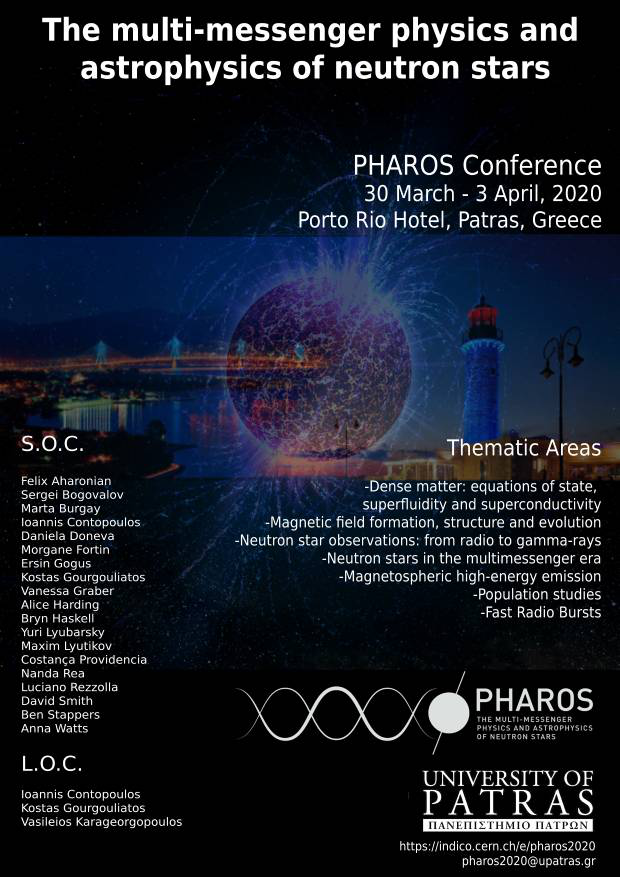Speaker
Description
Pulsars with millisecond spin periods and weak magnetic fields (~10^8 G) are thought to be spun up through a 0.1–1 Gyr-long phase by the transfer of matter and angular momentum from a low mass companion star. When the mass transfer is active, these neutron stars can be observed as accretion-powered millisecond X-ray pulsar, provided that their magnetic field is strong enough to channel the accreting matter towards the magnetic poles.
Observations performed with the Rossi X-ray Timing Explorer back in 1998 allowed to discovered the first coherent 2.5 ms X-ray pulsations in the X-ray (transient) binary system SAX J1808.4-3658 during outburst. Here I present the first detection of UV pulsations with HST/STIS from SAX J1808.4-3658 again, during the August 2019 outburst, at a significance level greater than 3.5σ. The pulsations were observed during the latest stages of the outburst, when the pulsar was surrounded by an accretion disc. X-ray pulsations were detected during a simultaneous NICER observation, as well. The detection of UV pulsations in transient accreting X-ray binaries opens a new observational window to discover new systems and opens the possibility to investigate and track their evolution.

